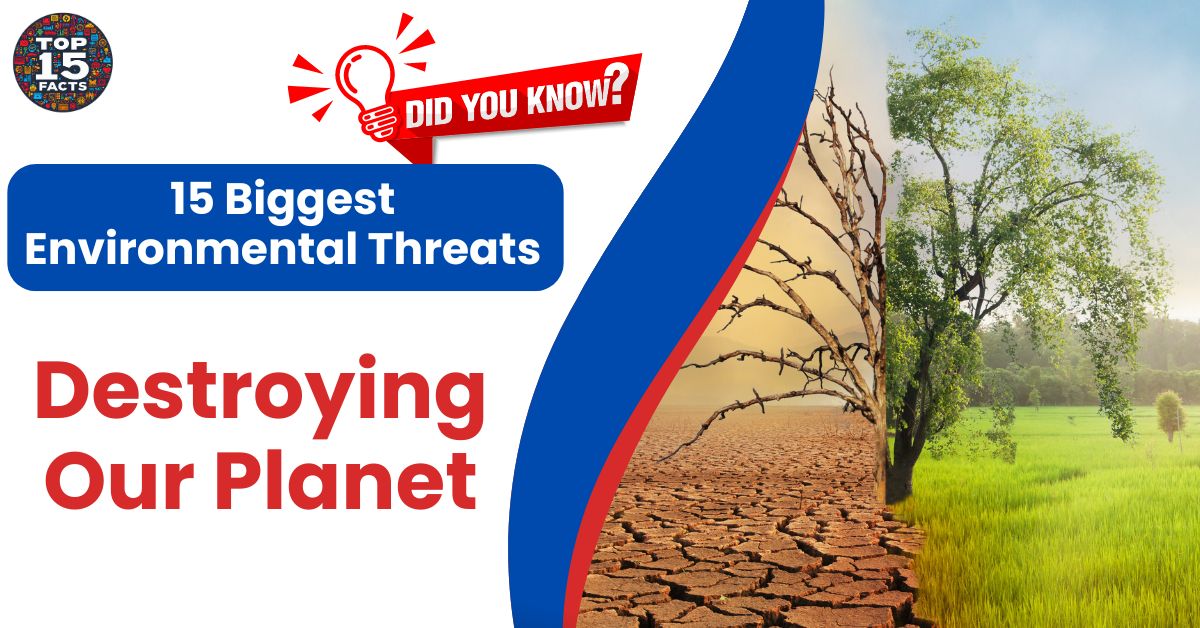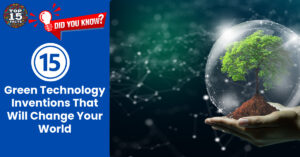Introduction
Our planet faces a barrage of environmental threats, largely caused by human activity. These threats disrupt the delicate balance of ecosystems, jeopardize our health, and compromise the well-being of future generations. Understanding the causes, impacts, and potential solutions is crucial to creating a more sustainable world.
The 15 Biggest Environmental Threats
- Climate Change
- Deforestation
- Biodiversity Loss
- Ocean Acidification
- Air Pollution
- Water Pollution
- Soil Degradation
- Overfishing
- Plastic Pollution
- Ozone Layer Depletion
- Chemical Contamination
- Invasive Species
- Desertification
- Nuclear Accidents
- Light Pollution
1. Climate Change: A Looming Crisis
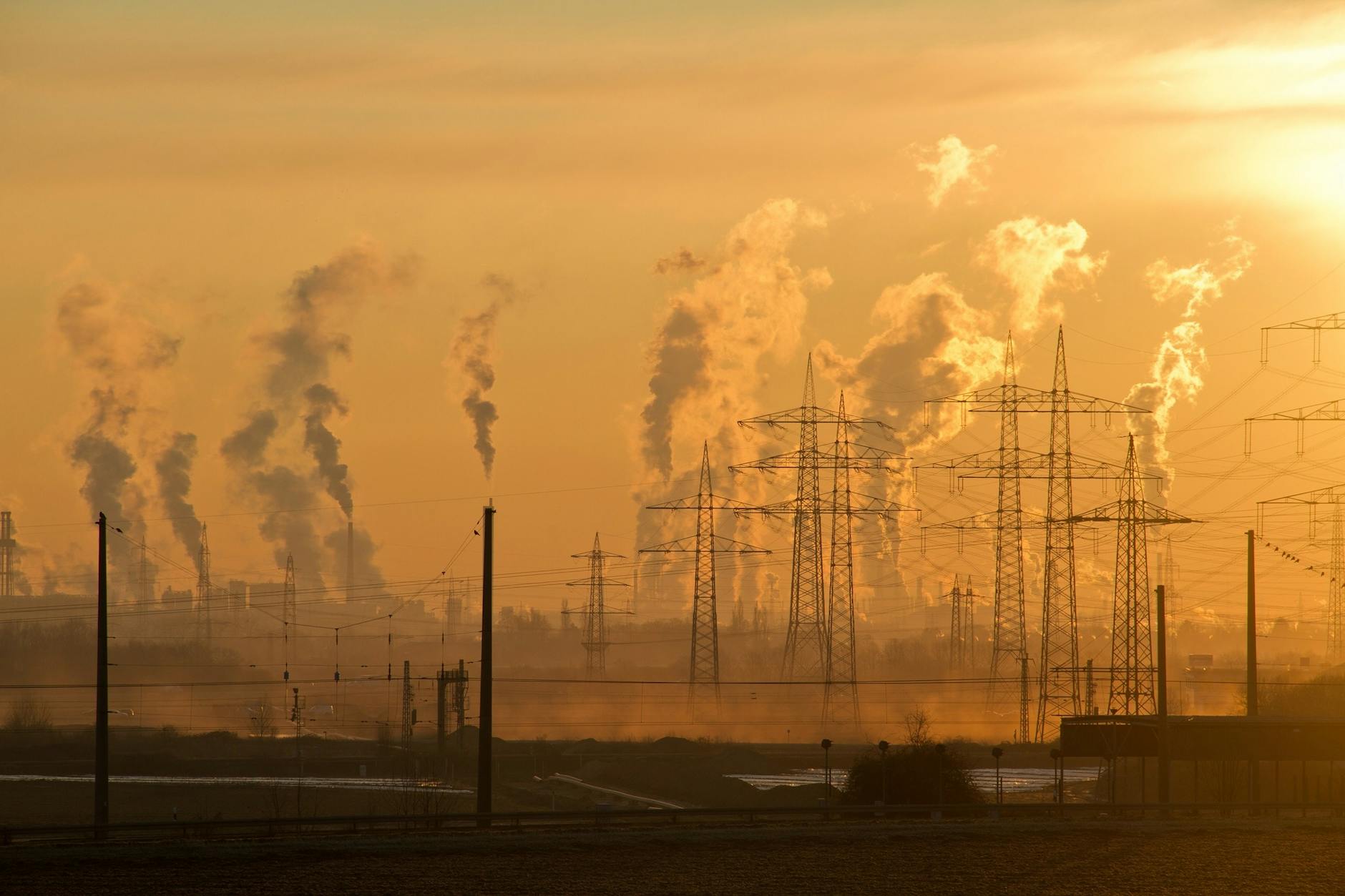
- Causes: The primary cause of climate change is the burning of fossil fuels (coal, oil, and gas), which releases greenhouse gases (GHGs) into the atmosphere. GHGs trap heat, leading to global warming and a shift in Earth’s climate patterns. Other human activities such as deforestation and intensive agriculture also contribute to greenhouse gas emissions.
- Impacts:
- Rising Temperatures and Sea Levels: Warmer average temperatures melt glaciers and ice caps, raising sea levels and threatening coastal communities.
- Extreme Weather: Climate change disrupts weather patterns, leading to more frequent and intense storms, droughts, heatwaves, wildfires, and floods.
- Disrupted Agriculture: Changing rainfall patterns, extreme temperatures, and unpredictable growing seasons threaten food production and stability.
- Harm to Ecosystems: A rapidly changing climate disrupts delicate ecosystems, stressing species and pushing many towards extinction.
- How to Avoid:
- Transition to Clean Energy: Shifting from fossil fuels to renewable sources (solar, wind, geothermal) is crucial for reducing emissions.
- Improve Energy Efficiency: Implementing energy-saving practices in homes, industry, and transportation lowers overall emissions.
- Protect Forests: Reforestation and sustainable forestry practices are essential for absorbing carbon and mitigating climate change.
- Support Climate Policies: Advocate for policies that promote clean energy, regulate emissions, and incentivize low-carbon solutions.
2. Deforestation: More Than Just Vanishing Trees

- Causes: Forests are cleared primarily for agriculture (cattle ranching, soy, palm oil), logging (timber, pulp), mining, and infrastructure like roads and dams.
- Impact:
- Massive Carbon Release: Trees absorb CO2 during their lifetime; deforestation releases that stored carbon, significantly contributing to climate change.
- Biodiversity Loss: Forests are home to an astonishing variety of life; their destruction leads to extinctions and a less resilient planet.
- Water Cycle Distruption: Trees play a crucial role in regulating rainfall, preventing erosion, and replenishing groundwater. Deforestation leads to water scarcity and soil degradation.
- How to Avoid:
- Fight for Forest Protection: Support policies that create protected areas and enforce laws against illegal logging.
- Choose Sustainable Products: Opt for wood from certified sustainable forests, reduce beef consumption, and avoid products containing unsustainable palm oil.
- Reforestation: Plant trees and support organizations involved in reforestation efforts.
3. Biodiversity Loss: The Web of Life Unraveling

- Causes: Biodiversity loss stems from a combination of factors, including habitat destruction (deforestation, land conversion), pollution, overexploitation (overhunting, overfishing), invasive species, and climate change.
- Impacts:
- Weakened Ecosystems: Diverse ecosystems are more resilient. Loss of species disrupts food chains, pollination, and natural processes that keep ecosystems balanced and healthy.
- Reduced Ecosystem Services: We rely on biodiversity for clean air and water, fertile soil, pollination, and potential medicines. Biodiversity loss degrades these essential services.
- Extinctions and Less Resilience: Every species plays a role. Extinctions disrupt the delicate balance of nature, making ecosystems less adaptable to change and more susceptible to collapse.
- How to Avoid
- Protect Habitats: Creating protected areas, restoring degraded ecosystems, and promoting sustainable land use are key to preserving habitats and preventing biodiversity loss.
- Combat Pollution: Reduced pollution of air, water, and soil benefits countless species and safeguards ecosystem health.
- Sustainable Resource Use: Sustainable fishing, forestry, and choosing products with lower environmental impact protects populations and ecosystems.
- Address Climate Change: Climate change exacerbates biodiversity loss; solutions that slow warming also protect habitats and species.
Read More: 15 Astonishing Natural Wonders You’ve Never Heard Of
4. Ocean Acidification: The ‘Other’ CO2 Problem

- Causes: Our oceans absorb excess CO2 from the atmosphere, causing a chemical reaction that increases acidity (lowers pH).
- Impact:
- Harm to Shell-Building Organisms: Acidic water makes it difficult for corals, shellfish, and plankton to build and maintain their shells or skeletons. This disrupts the entire marine food web.
- Coral Bleaching: Coral reefs, already stressed by rising temperatures, are extremely sensitive to pH changes. Acidification leads to widespread coral bleaching and reef die-offs.
- How to Avoid:
- Reduce Emissions at the Source: The primary solution is to dramatically reduce our reliance on fossil fuels and transition to clean energy, which tackles both climate change and ocean acidification.
- Coastal Ecosystem Protection: Reducing pollution and restoring coastal habitats like mangroves can help buffer some of the acidification’s impacts.
5. Air Pollution: A Breath of Toxic Air

- Causes: Air pollution arises from a variety of sources, including burning fossil fuels in vehicles, power plants, and industrial facilities, as well as agricultural practices and chemical manufacturing.
- Impact:
- Respiratory and Cardiovascular Illness: Air pollutants like particulate matter, ozone, and nitrogen oxides can penetrate deep into the lungs and bloodstream, causing asthma, bronchitis, heart disease, and even lung cancer.
- Damage to Ecosystems: Acid rain, caused by air pollution, harms forests, freshwater ecosystems, and wildlife. Smog and air pollution also reduce visibility and diminish scenic resources.
- How to Avoid:
- Transition to Cleaner Energy: Shifting to renewable energy sources and improving energy efficiency dramatically reduces air pollution.
- Promote Sustainable Transportation: Invest in public transportation, bike lanes, and electric vehicles to reduce reliance on polluting cars.
- Stricter Emissions Regulations: Enforcing and strengthening regulations on industries and vehicles can significantly improve air quality.
6. Water Pollution: Poisoning Our Lifeline
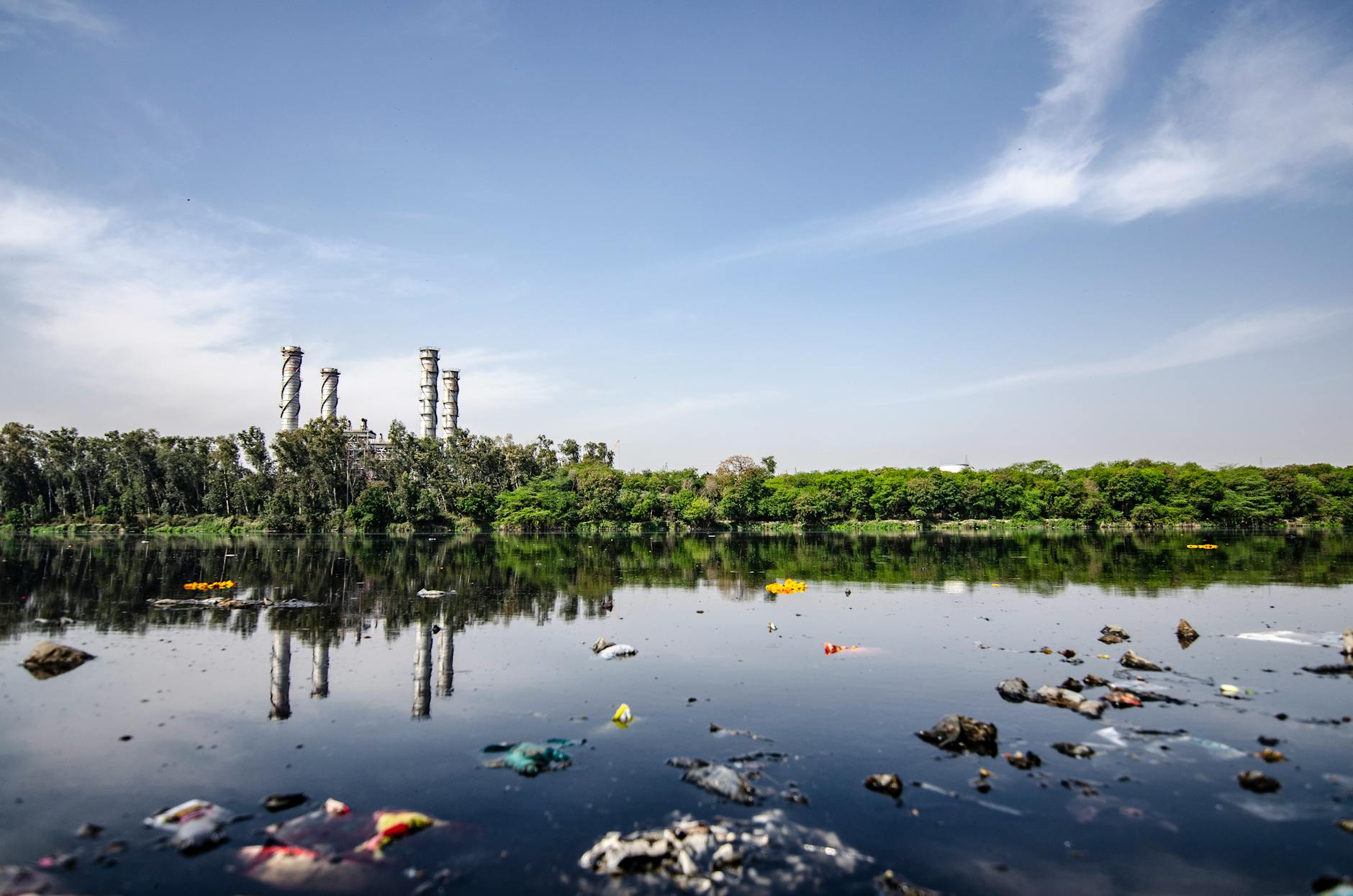
- Causes: Water pollution stems from various sources including industrial waste, sewage and wastewater discharge, agricultural runoff (fertilizers, pesticides), oil spills, and improper disposal of garbage.
- Impact:
- Unsafe Drinking Water: Polluted water poses a serious risk to human health, carrying waterborne diseases like cholera, typhoid, and dysentery, especially in regions without proper sanitation infrastructure.
- Harm to Aquatic Life: Toxic chemicals, nutrient overload (eutrophication), and oxygen depletion suffocate fish, disrupt aquatic ecosystems, and lead to toxic algal blooms.
- Damage to Economic Activities: Polluted water disrupts fishing, tourism, and other water-dependent sectors.
- How to Avoid:
- Treat Wastewater Effectively: Investing in modern wastewater treatment plants and enforcing strict discharge standards are crucial to prevent contaminated water from entering waterways.
- Sustainable Agriculture: Reducing fertilizer and pesticide use, and adopting practices that prevent soil erosion can minimize agricultural runoff that pollutes waterways.
- Regulate Industrial Discharges: Strict regulation and enforcement are essential to ensure industries are not releasing harmful pollutants into the environment.
Read More: Unexplained Scientific Phenomena: 15 Mysteries That Defy Logic
7. Soil Degradation: Undermining Our Foundation
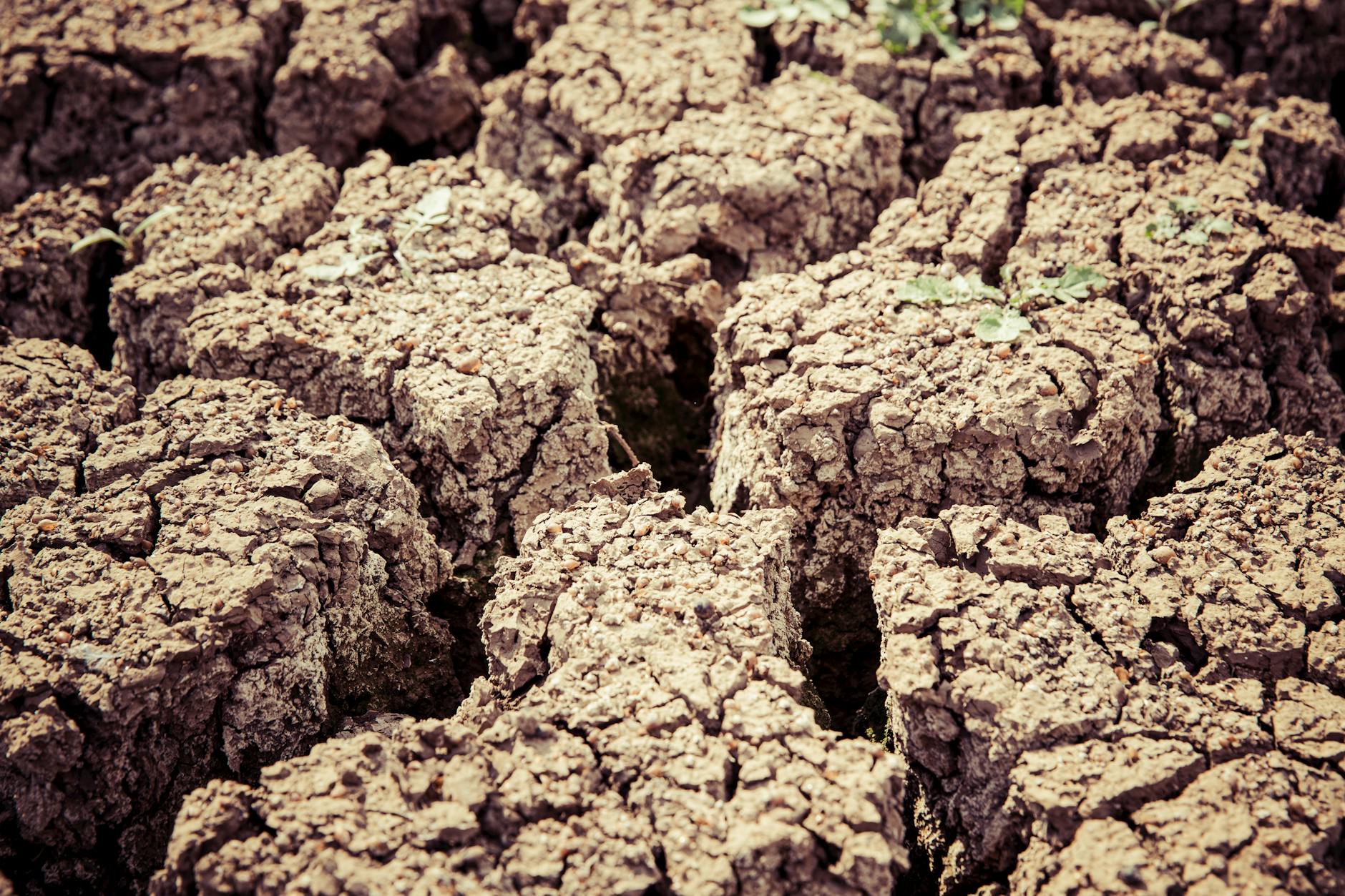
- Causes: Unsustainable agricultural practices like intensive farming, overgrazing, and deforestation deplete soil nutrients, cause erosion, and reduce its ability to hold water. Contamination from industrial chemicals further damages soil health.
- Impact:
- Reduced Crop Yields: Degraded soil struggles to support healthy plant growth, leading to food shortages and higher prices.
- Desertification: When once fertile land becomes impoverished, it can turn into desert, further exacerbating food insecurity and displacement.
- Water Quality Decline: Eroded soil pollutes waterways, and reduced water filtration by soil makes contamination worse.
- How to Avoid:
- Regenerative Agriculture: Practices like crop rotation, cover cropping, and reduced tillage replenish soil health and increase its carbon storage potential.
- Reduce Food Waste: By minimizing food waste, we reduce pressure on agricultural land, allowing for more sustainable practices.
- Combat Pollution: Strict regulations and remediation efforts for contaminated areas are crucial to protect soil health.
8. Overfishing: Emptying Our Oceans
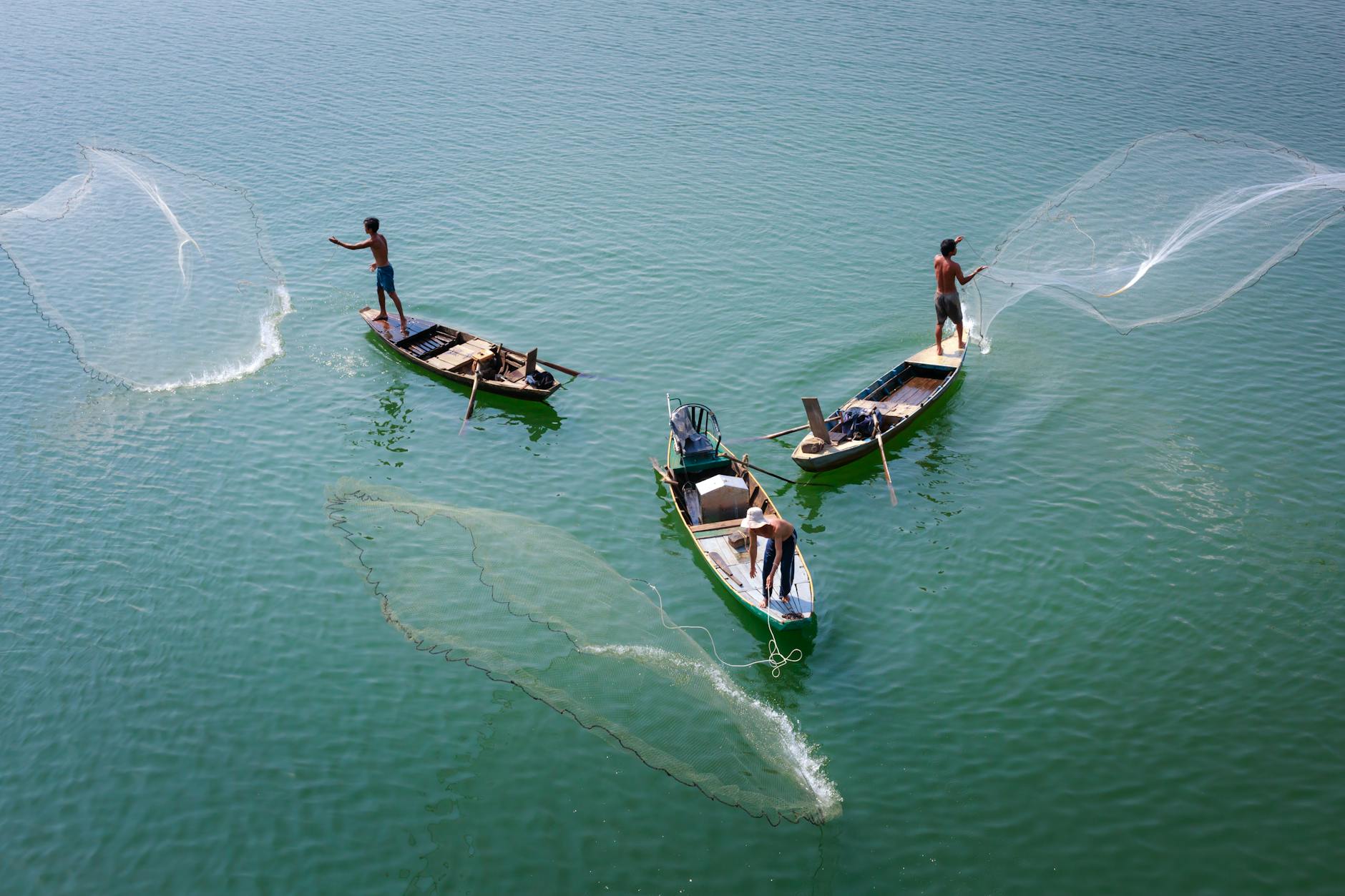
- Causes: Technological advances in fishing gear, combined with increased demand for seafood, have led to unsustainable harvesting of fish populations faster than they can replenish. Illegal fishing and destructive practices like bottom trawling further worsen the problem.
- Impact:
- Depleted Fish Stocks: Overfishing pushes many commercially important fish species to the brink of collapse, threatening the livelihoods of fishing communities.
- Ecosystem Imbalance: Removing top predators from marine food webs destabilizes entire ecosystems and can lead to unexpected consequences.
- Bycatch and Habitat Destruction: Non-target species like dolphins, sharks, and sea turtles often become entangled and killed in fishing gear, and destructive fishing practices damage fragile marine habitats.
- How to Avoid:
- Sustainable Fishing Practices: Enforcing fishing quotas, restricting destructive fishing gear, and creating marine protected areas helps rebuild fish populations.
- Consumer Choices: Choose seafood from sustainably managed fisheries and reduce your seafood consumption overall.
- Combat Illegal Fishing: International cooperation and strong enforcement are necessary to curb unregulated fishing.
9. Plastic Pollution: A Choking Planet
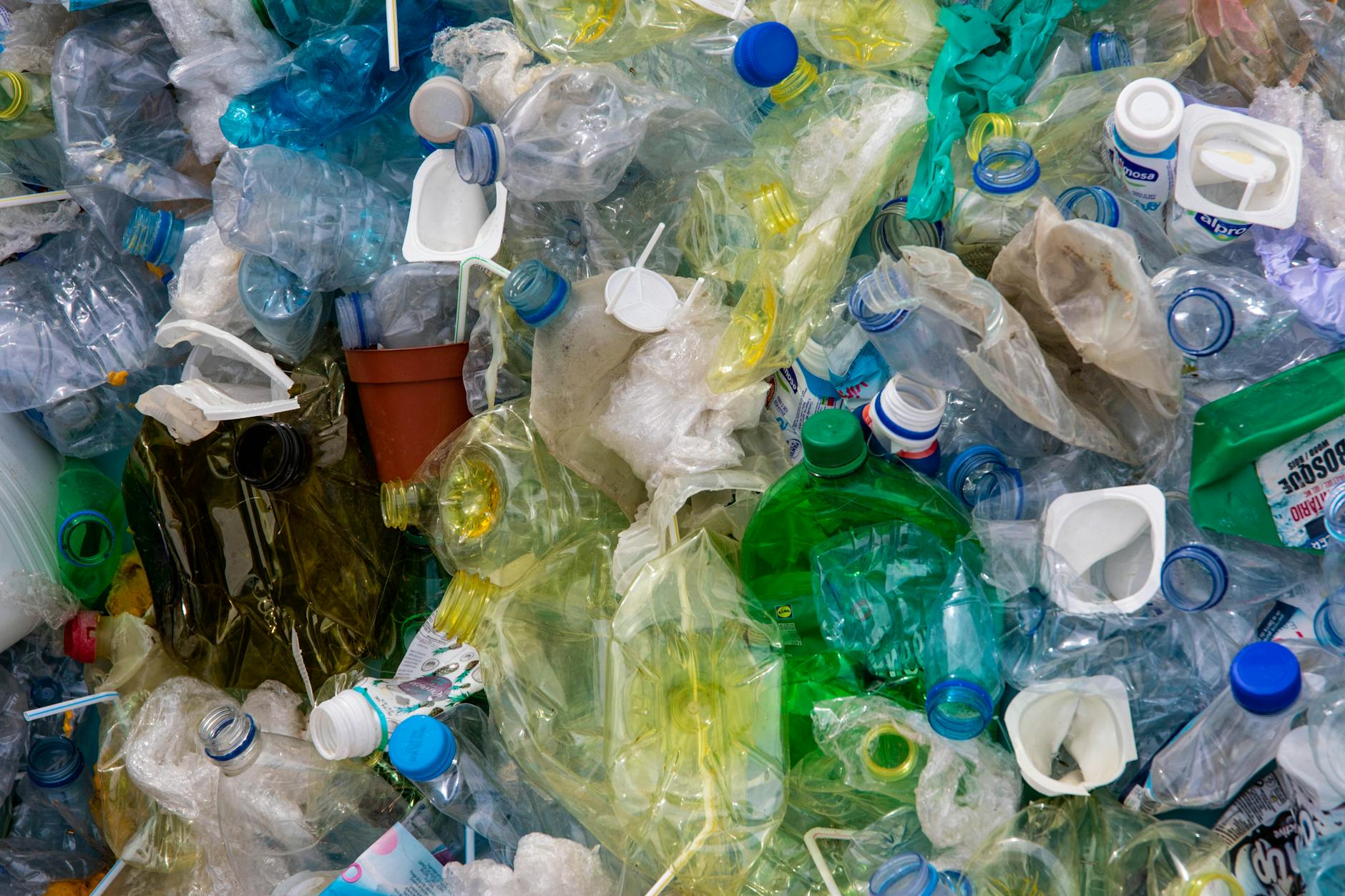
- Causes: Our excessive reliance on single-use plastics, combined with inadequate waste management systems, has led to a global plastic pollution crisis. Plastic doesn’t fully biodegrade but breaks down into microplastics, permeating every environment.
- Impact:
- Marine Life Entanglement and Ingestion: Seabirds, turtles, and marine mammals mistake plastic for food or become entangled in plastic debris, leading to injury and death.
- Microplastics in the Food Chain: Tiny plastic particles are ingested by marine life at all levels, entering our food chain and potentially causing health issues.
- Litter and Visual Pollution: Plastic pollutes beaches, rivers, and landscapes, harming wildlife and harming tourism.
- How to Avoid:
- Reduce, Reuse, Recycle: Minimize single-use plastic consumption, choose reusable alternatives, and properly recycle and dispose of plastic waste.
- Improved Waste Management: Invest in waste collection, sorting facilities, and recycling infrastructure, particularly in developing nations.
- Plastic Bans and Regulations: Policies restricting single-use plastics and incentivizing alternative materials are effective in curbing plastic pollution.
Read More: The 15 Greatest Unsolved Cryptic Puzzles That Will Baffle Your Mind
10. Ozone Layer Depletion: Losing Our Shield
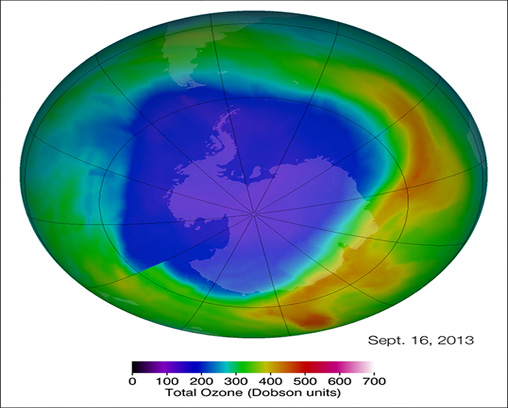
Image Source: climate.nasa
- Causes: Ozone depletion is caused primarily by the release of chlorofluorocarbons (CFCs) and other ozone-depleting substances used in refrigerants, aerosol sprays, and industrial processes. These substances break down ozone molecules in the stratosphere.
- Impact:
- Increased UV Radiation: The ozone layer acts as a shield, absorbing harmful ultraviolet (UV) radiation from the sun. A thinning ozone layer means more UV reaches Earth’s surface, increasing sunburn risk and skin cancer rates.
- Eye Damage: UV exposure can lead to cataracts and other vision problems.
- Harm to Crops and Ecosystems: Increased UV can damage sensitive crops and disrupt plankton populations, the foundation of marine food webs.
- How to Avoid:
- International Cooperation Works! The Montreal Protocol, a global agreement, phased out CFCs globally. Continued monitoring and compliance are essential to ensure the ozone layer recovers.
- Alternatives for Ozone-Depleting Substances: Continued research and development of safe alternatives for refrigeration, solvents, and other applications previously reliant on harmful chemicals.
11. Chemical Contamination: Invisible Threats, Lasting Damage
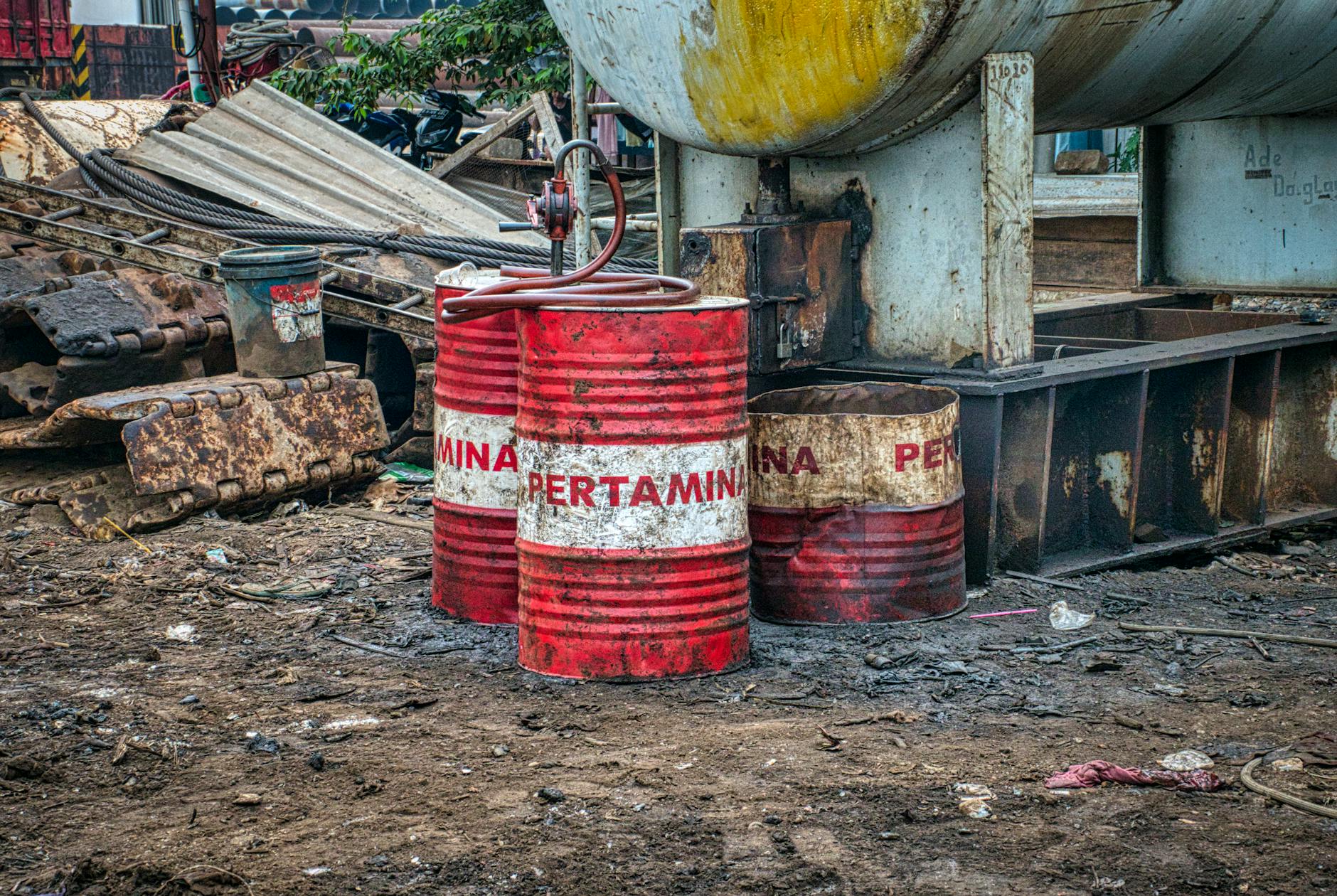
- Causes: Chemicals from industrial processes, mining, pesticides, and improper disposal of products like batteries and electronics seep into the environment, polluting soil, water, and air.
- Impact:
- Human Health Risks: Exposure to toxic chemicals can cause cancer, birth defects, developmental disorders, endocrine disruption, and neurological damage, often with long-term effects.
- Ecosystem Harm: Chemicals bioaccumulate in the food chain, harming wildlife, particularly top predators. Some chemicals persist for decades, poisoning entire ecosystems.
- How to Avoid:
- Regulation and Enforcement: Strict regulations on chemical use and disposal, coupled with strong enforcement against polluters, are essential.
- Green Chemistry: Developing safer, less toxic chemicals and sustainable manufacturing processes can reduce the risk of harmful chemical releases.
- Consumer Awareness: Choose products with less toxic ingredients and be mindful of proper disposal of hazardous household products.
12. Invasive Species: Disrupting the Balance

- Causes: Invasive species are introduced to new areas, often through global trade and travel, where they lack natural predators or competitors, allowing them to outcompete native species.
- Impact:
- Biodiversity Loss: Invasive species prey on native species, disrupt food webs, and can lead to extinctions, reducing overall biodiversity.
- Habitat Alteration: Invasives can drastically alter ecosystems, such as aggressive plants crowding out native vegetation and changing fire patterns.
- Economic Damage: Invasive species damage crops, forests, and fisheries, resulting in significant economic losses.
- How to Avoid:
- Prevention: Strict quarantine measures, inspections of imports, and restrictions on the transport of certain species are crucial to prevent new introductions.
- Early Detection and Rapid Response: Once an invasive species is detected, quick action to control and eradicate it is essential to prevent widespread establishment.
- Public Education: Raising awareness about the dangers of invasive species encourages responsible behavior and prevents accidental introductions.
13. Desertification: Fertile Lands Turning to Dust
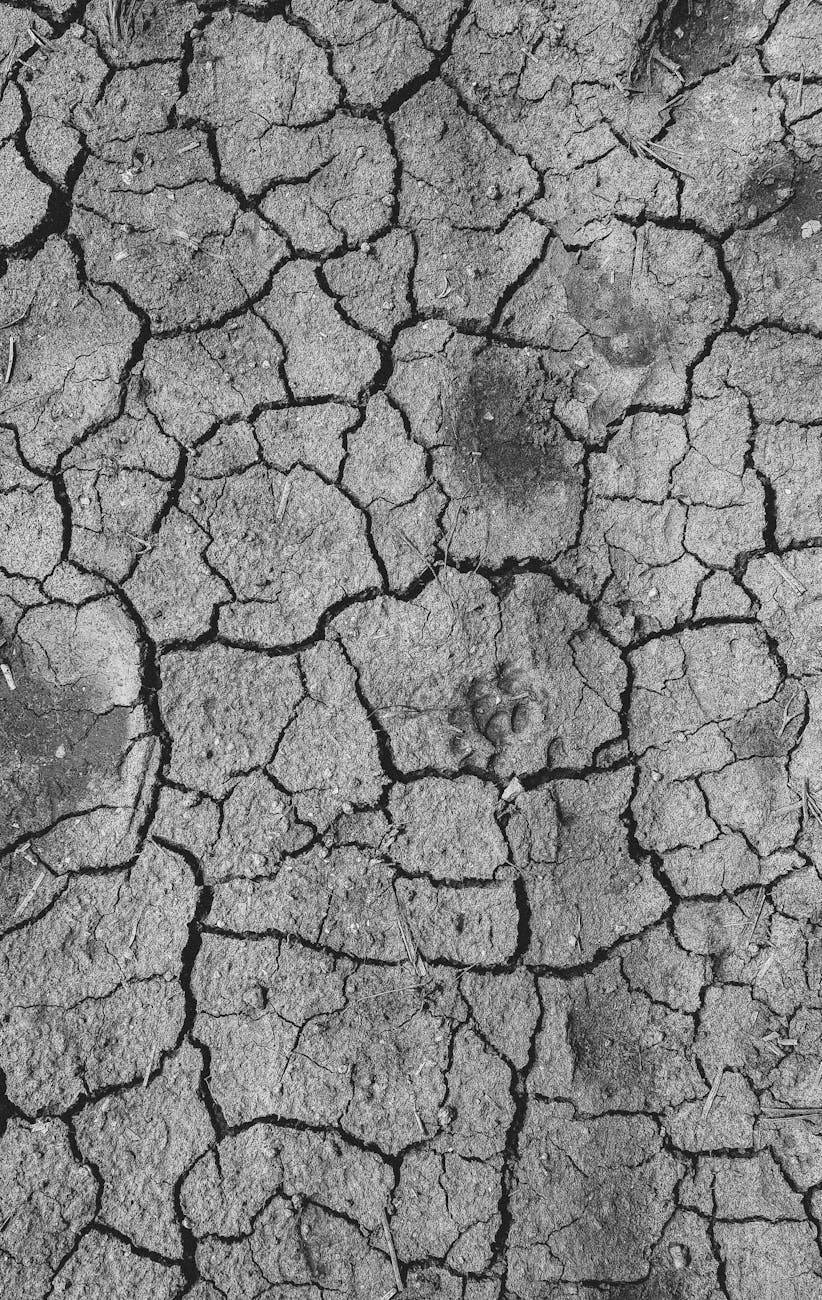
- Causes: Desertification is the process of fertile land degrading into arid desert. It’s caused by a combination of factors including: overgrazing, unsustainable farming practices, deforestation, and climate change.
- Impact:
- Loss of Agricultural Land: Desertification reduces the amount of land available for growing crops, leading to food shortages and economic hardship for those who depend on agriculture.
- Forced Migration: As land becomes uninhabitable, people are displaced, leading to social unrest and humanitarian crises.
- Exacerbated Climate Change: Desertification reduces the land’s ability to absorb carbon and can lead to increased dust storms, further impacting climate patterns.
- How to Avoid:
- Sustainable Land Management: Rotational grazing, soil conservation practices, and drought-resistant crops help prevent land degradation.
- Water Conservation: Efficient irrigation techniques and protection of existing water sources are vital for supporting vegetation and preventing desertification.
- Reforestation and Ecosystem Restoration: Re-establishing vegetation cover in degraded areas can help reverse desertification and restore soil health.
14. Nuclear Accidents: Lingering Dangers

- Causes: Nuclear accidents, although rare, can occur due to human error, equipment malfunctions, natural disasters, or acts of sabotage. They release high levels of radioactive material into the environment.
- Impact:
- Immediate and Long-Term Health Effects: Exposure to radiation can cause immediate radiation sickness, increased cancer risk for years, and genetic mutations affecting future generations.
- Contamination of Land and Water: Radioactive fallout contaminates soil, crops, water sources, rendering vast areas uninhabitable for potentially decades or centuries.
- Ecosystem Damage: Radiation harms wildlife, with long-term effects on populations and genetic diversity.
- How to Avoid
- Stringent Safety Regulations: Meticulous design, construction, and operation of nuclear facilities with multiple fail-safes and emergency response protocols are crucial.
- Nuclear Waste Management: Secure long-term storage solutions for spent nuclear fuel are needed to prevent future contamination risks.
- Alternatives to Nuclear Power: Investing in safer renewable energy sources can reduce reliance on nuclear power and associated risks.
Read More: History’s Biggest Turning Points: Myths, Facts, and Unexpected Impacts
15. Light Pollution: When Nights Are Too Bright

- Causes: Excessive and misdirected artificial light from streetlights, billboards, buildings, and vehicles washes out the natural darkness of the night sky.
- Impact:
- Disruption to Wildlife: Artificial light interferes with animal behavior, affecting navigation (birds, insects), circadian rhythms, reproduction, and predator-prey interactions.
- Impacts on Human Health: Light pollution can disrupt sleep cycles, contribute to headaches, and has been linked to potential health risks like increased occurrences of some cancers.
- Lost Cultural Heritage: Starry night skies have inspired humans for centuries; light pollution diminishes that connection and our ability to observe the universe.
- How to Avoid:
- Responsible Lighting Design: Use shielded light fixtures directed downwards, opt for warmer color temperature lights, and install motion sensors to reduce unnecessary lighting.
- Light Pollution Ordinances: Cities can implement regulations for outdoor lighting to minimize glare and reduce light pollution.
- Awareness and Education: Educating the public about the impacts of light pollution and encouraging responsible lighting practices.
Conclusion: A Choice for Our Future
The intricate web of environmental threats we face presents a stark reality. Unchecked human activity has pushed our planet to the brink, jeopardizing ecosystems, our health, and the well-being of generations to come. Yet, within this challenge lies a glimmer of hope. By understanding these threats, making informed choices, and advocating for systemic change, we hold the power to shape a better future.
If We Continue on This Path…
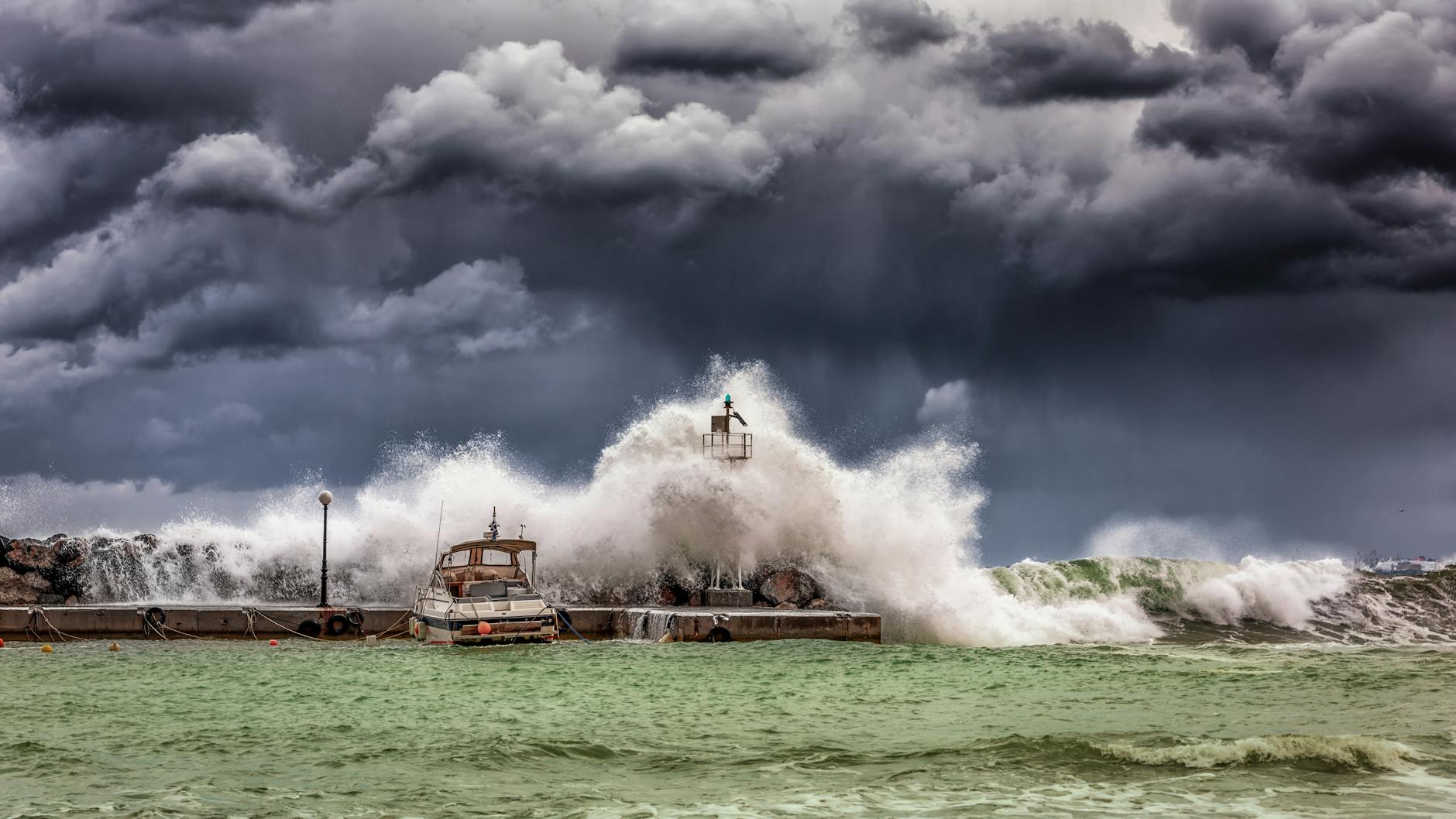
If we choose to ignore these interconnected crises, we face a future marked by:
- Worsening climate chaos, with devastating storms, sea level rise, and mass displacement.
- Collapsing ecosystems, widespread extinctions, and diminishing natural resources.
- Polluted air and water, compromised health, and food insecurity.
- Increased social unrest, conflict over dwindling resources, and a less hospitable planet for our children.
If We Choose to Act…

A sustainable future is within our grasp. Imagine a world with:
- Stabilized climate, clean air, and thriving ecosystems abundant with diverse life.
- Flourishing communities powered by renewable energy and living in harmony with nature.
- Sustainable agriculture providing healthy food and protecting our soil and water.
- Reduced pollution, improved health, and a planet restored for future generations.
The choice is clear. The decisions we make today will determine the world we inhabit tomorrow. It’s time to move beyond apathy and demand meaningful action. By supporting sustainable practices, pressuring leaders for bold policies, and making responsible choices in our daily lives, we can collectively build a healthier, more equitable, and resilient future for all.
15 FAQs (Frequently Asked Questions):
-
What’s the single biggest threat to the environment?
Climate change is widely considered the most urgent threat, as its effects are far-reaching and interconnected with other environmental problems.
-
Isn’t it too late to do anything about these problems?
Absolutely not! While the damage is severe, every action we take matters. Reducing emissions, protecting nature, and shifting to sustainable practices can significantly improve the trajectory of our planet.
-
What can I do as an individual to make a difference?
Reduce your carbon footprint (conserve energy, transport sustainably), minimize waste (recycle, compost), avoid single-use plastics, make informed consumer choices, and support organizations working for environmental protection.
-
How does deforestation contribute to climate change?
Forests act as giant carbon sinks. When cut or burned, they release huge amounts of stored carbon dioxide back into the atmosphere, worsening climate change.
-
Why is ocean acidification called the ‘other’ CO2 problem?
Increased CO2 in the atmosphere also gets absorbed by the ocean, causing chemical changes that harm marine life (especially shellfish) and disrupt food webs.
-
If soil degradation is bad, why do farmers still overuse fertilizer?
Degraded soil has lost nutrients. Short-term boosts in yield from fertilizers create a vicious cycle of further degradation and dependence on chemicals.
-
Can polluted air really travel to other countries?
Yes! Air pollutants don’t respect borders. Smog from one region can impact downwind communities far away, making global cooperation on air quality essential.
-
How does overfishing impact people who don’t eat seafood?
Healthy oceans are vital for everyone. Disrupted marine ecosystems affect global oxygen production, climate regulation, and overall biodiversity.
-
Isn’t plastic pollution just an issue of litter on beaches?
No! It’s a global crisis. Plastic breaks down into microplastics, entering our food chain, polluting waterways far from coastlines, and harming wildlife everywhere.
-
Are renewable energy sources really a viable alternative to fossil fuels?
Absolutely! Solar, wind, and other renewables are rapidly becoming cost-competitive and technologically advanced, powering entire cities and industries.
-
What’s the difference between recycling and composting?
Recycling turns materials (metal, plastic, paper) into new products. Composting breaks down organic matter (food scraps, yard waste) into nutrient-rich soil.
-
Are electric cars truly better for the environment?
While production has impacts, over their lifespan, electric cars produce far fewer greenhouse gas emissions than gas vehicles, especially when powered by clean energy.
-
How can I find out which companies are environmentally responsible?
Look for certifications (B Corp, Fair Trade, etc.), check company websites for sustainability reports, and use resources that rate corporate practices.
-
What’s the best way to convince someone who doesn’t believe in climate change?
Focus on shared values (protecting health, clean air/water), local impacts (extreme weather, rising costs), and solutions that offer benefits beyond climate action.
-
How can I get involved in environmental action in my community?
Join local conservation groups, volunteer for clean-ups, support sustainable businesses, advocate at town meetings, and participate in citizen science projects.

